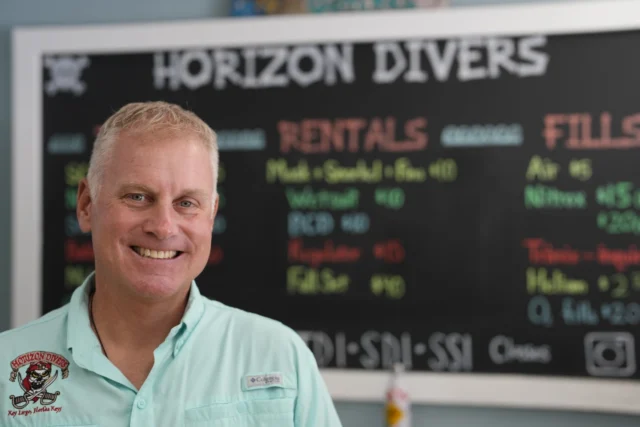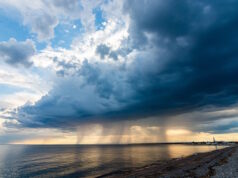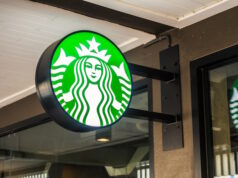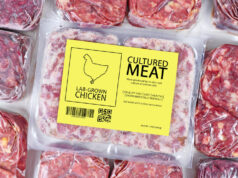
NEW YORK (AP) — For small businesses that rely on summer tourism to keep afloat, extreme weather is replacing the pandemic as the determining factor in how well a summer will go.
The pandemic had its ups and downs for tourism, with a total shutdown followed by a rush of vacations due to pent-up demand. This year, small businesses say vacation cadences are returning to normal. But now, they have extreme weather to deal with — many say it’s hurting business, but more temperate spots are seeing a surge.
Tourism-related businesses have always been at the mercy of the weather. But with heat waves, fires and storms becoming more frequent and intense, small businesses increasingly see extreme weather as their next long-term challenge.
For Jared Meyers, owner of Legacy Vacation Resorts, with eight locations, including four in Florida, Hurricane Idalia’s landfall Wednesday as a Category 3 storm led to a loss in revenue as he temporarily closed one resort and closed another to new guests.
It also means a lengthy cleanup period to fix the gutter and other damage and beach cleanup, including replanting of sea grass, sea grapes and other plants to protect against the next storm.
“Even when the hurricane doesn’t hit directly, it wreaks havoc economically, emotionally — to those that have suffered previous losses — and to our way of life,” he said.
“It does feel like and probably will continue to feel like we’re just hopping from one emergency to another based on climate change,” Meyers said.
For Steve Silberberg in Saco, Maine, who runs Fitpacking, a company that guides people on wilderness backpacking trips in national and state parks and forests, extreme weather is becoming a serious obstacle. National Park Service Research has shown that national parks are experiencing extreme weather conditions at a higher rate than the rest of the country because of where they’re located.
“We are quickly approaching a crossroads as to how to keep the business viable,” he said. “It seems that almost half of our trips are affected in some way by increasingly extreme weather events.”
Silberberg is trying to find ways to make climate change work for him, however. He is thinking about starting a company that helps people visit places that may disappear due to climate change, such as Glacier National Park in Montana or the Everglades in Florida, which is threatened by rising sea levels.
In Southern California this summer, businesses faced sweltering heat, followed by Tropical Storm Hilary, the first tropical storm the region had seen in 84 years.
“Definitely extreme weather is here to stay,” said Shachi Mehra executive chef and partner at Adya, an Indian restaurant in Anaheim, California. The restaurant is located in the Anaheim Packing House, a food hall in a historic 1919 citrus-packing house near Disneyland.
Media focus on extreme weather can hurt business, too. Dan Dawson, owner of Horizon Divers in Key Largo, Florida, saw business boom during the pandemic. Now it’s back to pre-pandemic levels. But when storms like Idalia close in, tourists flee — even though Dawson’s spot in Key Largo was 300 miles (480 kilometers) from where Idalia hit.
“Once a storm is coming close we stop diving and once it goes by it can take up to two weeks for tourists to come back, and that is if we don’t have any damage,” he said.
Still, in some places that offer a respite from the heat and storms, businesses are getting an unexpected bump.
At Little America Flagstaff, a hotel set in 500 acres (202 hectares) of private forest celebrating its 50th anniversary this year, temperatures in the 90s felt pleasant compared to the record-breaking heat in Phoenix, a two-hour drive to the south, which had temperatures of over 110 degrees Fahrenheit-plus (43.4 degrees Celsius) for 31 straight days.
Similarly, at Mission Point Resort on Mackinac Island, a historic island in Lake Michigan that doesn’t allow cars, temperatures have hovered in the temperate 70s while other places around the country have seen triple-digit heat. That leaves Michigan tourists often rubbing elbows with visitors from other states.
“It has been brutally hot in most of the country and it has been very, very nice up here in northern Michigan,” said Liz Ware, sales and marketing executive and part of the family that owns Mission Point. “And so we have seen a lot of people from the Texas, Florida, Georgia area coming up north to northern Michigan because it is so temperate up here.”
This article originally appeared here and was republished with permission.












